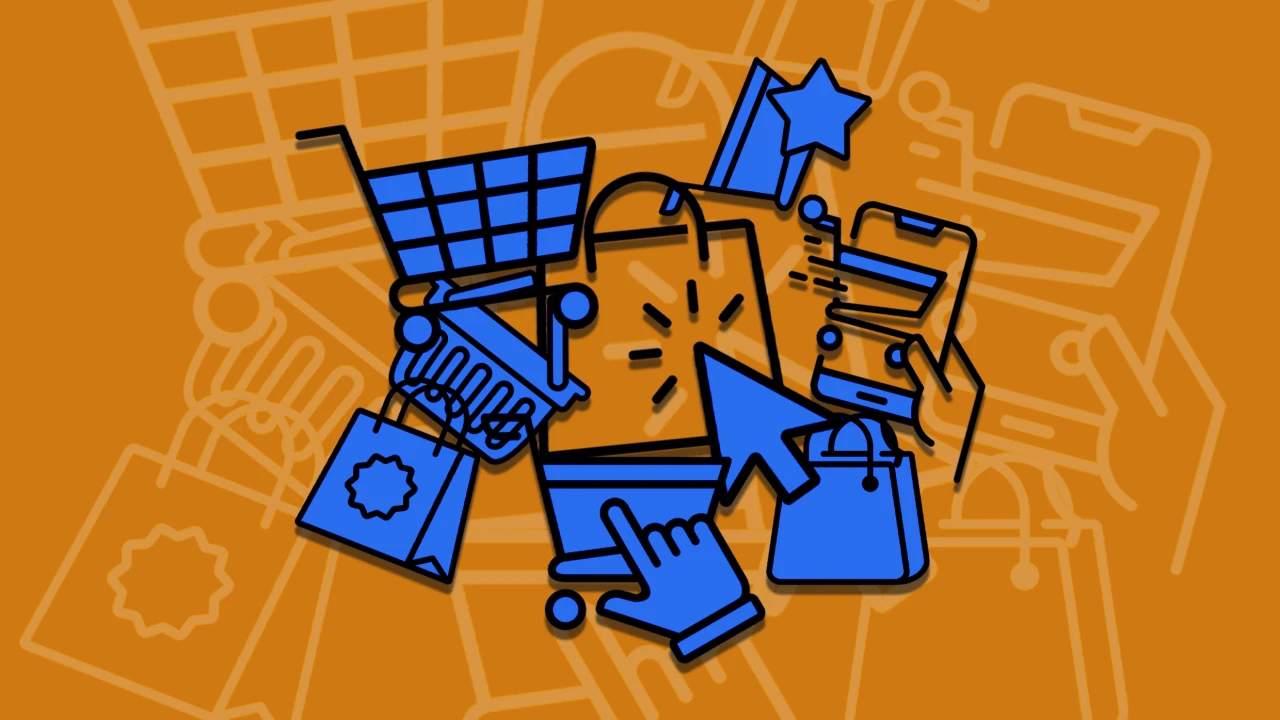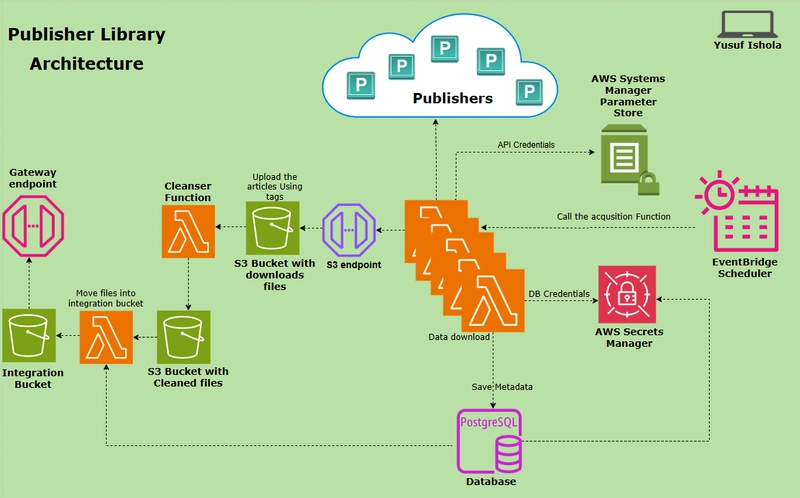Decentralized Applications: Transforming the Digital World
Abstract Decentralized applications (DApps) are not just another trending technology; they are revolutionizing the digital world by providing enhanced security, transparency, and efficiency across various sectors. In this post, we explore the architecture, benefits, challenges, and future trends of DApps. We also discuss real-world applications in finance, supply chain, healthcare, gaming, and voting while highlighting key technical features such as smart contracts, decentralized storage, and incentivization mechanisms. With insights drawn from reputable sources like Ethereum’s DApp ecosystem, IBM Blockchain, and other technical explorations on decentralized governance in open source and blockchain and decentralized finance, this post provides a comprehensive view that is both technical and accessible. Introduction As the digital world evolves, the need for secure, transparent, and resilient systems has never been greater. Decentralized applications (DApps) leverage blockchain technology to address these needs by removing the reliance on central authorities. DApps empower users through open source governance, decentralized data storage, and programmable incentives. This technology promises to reshape industries ranging from finance to healthcare and even digital art and gaming. This post dives into the ecosystem of DApps by examining their background, core features, real-world applications, challenges, and future outlook. We'll also link to authoritative resources for further reading and provide a structured summary to help both developers and enthusiasts navigate this rapidly advancing field. Background and Context The Evolution of Blockchain and Decentralization Blockchain technology started as the backbone for Bitcoin, a decentralized digital currency. Over time, its potential to disrupt industries became apparent. Today, blockchain underpins various systems that demand security and transparency. Unlike traditional client–server models with single points of failure, decentralized systems distribute data across multiple nodes, making them more resilient. Decentralization is the key to: Enhanced Security: Distributed networks reduce risks of breaches. Transparency: Every transaction is recorded on an immutable ledger. Censorship Resistance: There is no central authority that can control or censor the data. These aspects are foundational not only in cryptocurrencies but also in decentralized applications that extend the blockchain's utility beyond simple financial transactions. For example, the transformation of digital asset trading, supply chain traceability, and voting mechanisms can be directly attributed to the decentralized model. Key Definitions DApps (Decentralized Applications): Software applications that run on a blockchain or a decentralized network. Smart Contracts: Self-executing contracts with the terms of the agreement directly written into code, powering much of the decentralized logic. Decentralized Storage: Systems like the InterPlanetary File System (IPFS), which provide secure data storage without centralized servers. Incentivization: The mechanism by which participants are rewarded (often via blockchain-native tokens) for contributing to the network’s maintenance and growth. For additional context on smart contracts, you can review this detailed explanation on smart contracts on blockchain. Core Concepts and Features DApps are built on a set of core principles that define their operation in the digital ecosystem. Here, we detail the primary features that distinguish DApps from traditional applications. Open Source and Community Governance DApps are typically open-sourced, encouraging contributions and innovation from developers worldwide. Through open source governance, decisions are made collectively using consensus mechanisms. This trustless environment ensures fairness and transparency. Learn more about the role of community involvement via the topic on decentralized governance in open source. Decentralization and Data Integrity By running on blockchain networks, DApps maintain data integrity through decentralized consensus. This eliminates the risk of data tampering and reduces vulnerability to cyberattacks. The absence of a single point of failure makes these applications robust against disruptions—a stark contrast to traditional centralized networks. Incentivization Mechanisms Blockchain-native tokens reward network participants for their contributions. This creates a healthy ecosystem that motivates continuous improvement and engagement. For more insights into how tokenization plays a role in blockchain ecosystems, visit the blockchain tokenization page. Smart Contract Protocols Smart contracts form the backbone of DApp functionality. Acting as autonomous agents, these scripts execute pre-defined functions once certain conditions are met.

Abstract
Decentralized applications (DApps) are not just another trending technology; they are revolutionizing the digital world by providing enhanced security, transparency, and efficiency across various sectors. In this post, we explore the architecture, benefits, challenges, and future trends of DApps. We also discuss real-world applications in finance, supply chain, healthcare, gaming, and voting while highlighting key technical features such as smart contracts, decentralized storage, and incentivization mechanisms. With insights drawn from reputable sources like Ethereum’s DApp ecosystem, IBM Blockchain, and other technical explorations on decentralized governance in open source and blockchain and decentralized finance, this post provides a comprehensive view that is both technical and accessible.
Introduction
As the digital world evolves, the need for secure, transparent, and resilient systems has never been greater. Decentralized applications (DApps) leverage blockchain technology to address these needs by removing the reliance on central authorities. DApps empower users through open source governance, decentralized data storage, and programmable incentives. This technology promises to reshape industries ranging from finance to healthcare and even digital art and gaming.
This post dives into the ecosystem of DApps by examining their background, core features, real-world applications, challenges, and future outlook. We'll also link to authoritative resources for further reading and provide a structured summary to help both developers and enthusiasts navigate this rapidly advancing field.
Background and Context
The Evolution of Blockchain and Decentralization
Blockchain technology started as the backbone for Bitcoin, a decentralized digital currency. Over time, its potential to disrupt industries became apparent. Today, blockchain underpins various systems that demand security and transparency. Unlike traditional client–server models with single points of failure, decentralized systems distribute data across multiple nodes, making them more resilient.
Decentralization is the key to:
- Enhanced Security: Distributed networks reduce risks of breaches.
- Transparency: Every transaction is recorded on an immutable ledger.
- Censorship Resistance: There is no central authority that can control or censor the data.
These aspects are foundational not only in cryptocurrencies but also in decentralized applications that extend the blockchain's utility beyond simple financial transactions. For example, the transformation of digital asset trading, supply chain traceability, and voting mechanisms can be directly attributed to the decentralized model.
Key Definitions
- DApps (Decentralized Applications): Software applications that run on a blockchain or a decentralized network.
- Smart Contracts: Self-executing contracts with the terms of the agreement directly written into code, powering much of the decentralized logic.
- Decentralized Storage: Systems like the InterPlanetary File System (IPFS), which provide secure data storage without centralized servers.
- Incentivization: The mechanism by which participants are rewarded (often via blockchain-native tokens) for contributing to the network’s maintenance and growth.
For additional context on smart contracts, you can review this detailed explanation on smart contracts on blockchain.
Core Concepts and Features
DApps are built on a set of core principles that define their operation in the digital ecosystem. Here, we detail the primary features that distinguish DApps from traditional applications.
Open Source and Community Governance
DApps are typically open-sourced, encouraging contributions and innovation from developers worldwide. Through open source governance, decisions are made collectively using consensus mechanisms. This trustless environment ensures fairness and transparency. Learn more about the role of community involvement via the topic on decentralized governance in open source.
Decentralization and Data Integrity
By running on blockchain networks, DApps maintain data integrity through decentralized consensus. This eliminates the risk of data tampering and reduces vulnerability to cyberattacks. The absence of a single point of failure makes these applications robust against disruptions—a stark contrast to traditional centralized networks.
Incentivization Mechanisms
Blockchain-native tokens reward network participants for their contributions. This creates a healthy ecosystem that motivates continuous improvement and engagement. For more insights into how tokenization plays a role in blockchain ecosystems, visit the blockchain tokenization page.
Smart Contract Protocols
Smart contracts form the backbone of DApp functionality. Acting as autonomous agents, these scripts execute pre-defined functions once certain conditions are met. They enable automatic transactions and decision-making, eliminating the need for manual intervention and reducing overhead costs.
Decentralized Storage Solutions
DApps often utilize decentralized storage systems like IPFS, ensuring that data is stored across multiple nodes. This not only enhances security but also accessibility, eliminating reliance on central servers. Discover more about secure data management on blockchain-data storage.
Table of Key Features
Below is a table summarizing the core features of DApps:
| Feature | Description | Key Benefit |
|---|---|---|
| Open Source | Code is publicly accessible and collaboratively maintained | Enhances transparency and innovation |
| Decentralization | Data is stored across multiple nodes without central authority | Reduces risk of single point failures |
| Incentivization | Uses blockchain-native tokens to encourage participation | Promotes network growth and engagement |
| Smart Contracts | Self-executing code that automates transactions and business logic | Increases efficiency and reduces manual errors |
| Decentralized Storage | Data is distributed via networks like IPFS | Enhances security and reliability |
Applications and Use Cases
DApps have gained traction in various industries. Below are a few practical examples that illustrate their transformative potential:
Finance: Decentralized Finance (DeFi)
Decentralized finance utilizes DApps to disrupt traditional banking and financial services. DeFi platforms enable peer-to-peer lending, borrowing, and trading without intermediaries. Users benefit from lower fees, increased transparency, and improved access. For more details on blockchain’s integration in finance, see blockchain and decentralized finance.
Supply Chain Management
Supply chains can be made more transparent using blockchain technology. DApps provide real-time tracking and immutable records of transactions, reducing fraud and inefficiencies. Enhanced data sharing among stakeholders fosters trust and compliance in industries such as pharmaceuticals and luxury goods. Explore further insights on supply chain disruptions at blockchain in supply chain.
Healthcare
Healthcare applications can leverage DApps for secure patient data management, ensuring that sensitive information is only accessible through authorized channels. Blockchain-driven DApps can facilitate secure data sharing during clinical trials, enabling transparency in research and safeguarding patient privacy.
Gaming and Digital Assets
Video games are increasingly integrating decentralized elements, allowing gamers to own in-game assets and trade them on open marketplaces. These digital assets, often represented as NFTs, provide real ownership and interoperability among various gaming ecosystems.
Voting Systems
Implementing DApps for electoral processes can reinstate public confidence in voting systems. Blockchain-backed voting methods ensure tamper-proof records, helping officials and citizens verify the integrity of election results.
Bullet List of Industries Benefiting from DApps
- Finance: Peer-to-peer transactions and decentralized exchanges.
- Supply Chain: Transparent tracking and traceability.
- Healthcare: Secure data management and clinical trial transparency.
- Gaming: True ownership and trading of digital assets.
- Voting: Secure and verifiable electoral processes.
For a deeper technical dive into decentralized applications in finance, check out this detailed analysis on arbitrum token distribution and decentralized finance.
Challenges and Limitations
While DApps offer significant benefits, they are not without challenges. Understanding these issues is crucial for developers and institutions aiming to adopt decentralized technologies.
Scalability
Scalability remains a primary obstacle for many blockchain networks. As the volume of transactions increases, DApps often face issues with network congestion and increased transaction fees. Researchers and developers are working on solutions such as rollups and layer-2 scaling enhancements. A notable discussion on blockchain scalability can be found in articles addressing challenges like arbitrum scalability issues.
User Experience
The user experience for many DApps still lags behind traditional software applications. Higher complexity in interacting with blockchain networks, such as multi-step wallet setups and transaction confirmations, can deter non-technical users. As user interfaces become more intuitive, we can expect broader adoption.
Regulatory and Legal Concerns
The lack of clear regulatory frameworks poses significant challenges. Although decentralization offers freedom, it also creates ambiguity in legal and compliance matters such as taxation, intellectual property rights, and data protection. An evolving regulatory landscape means that organizations must remain agile and compliant.
Interoperability
DApps often operate on isolated blockchain networks. Interoperability, or the ability to interact across different blockchains, is still not fully realized. Enhancing cross-chain functionality is critical to ensure that users can benefit from multiple ecosystems seamlessly. For more on interoperability trends, visit blockchain interoperability.
Development Complexity
Developing DApps requires specialized knowledge in blockchain protocols and smart contract programming. This steep learning curve can delay project timelines and increase development costs. Ongoing educational initiatives and open source community support are beginning to address these issues.
For additional perspectives on overcoming these challenges, you might find the discussion on arbitrum and user experience insightful.
Future Outlook and Innovations
The future of DApps appears promising, with continuous innovations that aim to address current limitations while expanding their utility.
Democratization of Digital Services
DApps have the potential to democratize online services by reducing gatekeeping and empowering end users. As more platforms adopt decentralized structures, a more inclusive digital landscape may emerge where individuals decide their digital identities and data usage.
Technological Advancements
Emerging solutions such as layer-2 scaling, state channels, and cross-chain interoperability protocols are set to enhance performance and user experience. According to recent discussions on platforms like Ethereum’s evolving DApp ecosystem, these innovations are already beginning to mitigate performance bottlenecks, paving the way for mainstream adoption.
Increased Adoption in Traditional Sectors
Traditional industries, including finance, healthcare, and supply chain management, are exploring ways to integrate DApps into their core operations. As regulatory clarity improves and technology matures, we can expect a surge in institutional adoption of blockchain-based solutions.
Community and Developer Engagement
The open source nature of DApps means that continuous improvements and collaborative projects will drive future innovations. Platforms such as arbitrum d apps demonstrate how community-driven development can lead to rapid advancements in decentralized infrastructure.
Real-World Impact
As more real-world use cases emerge—from secure voting systems to decentralized social media—the impact of DApps will extend far beyond niche blockchain communities. The integration of these technologies may even redefine data sovereignty and digital identity management, creating a safer and more efficient digital ecosystem.
For further reading on decentralized innovation, consider exploring the detailed insights provided in Rarible’s open source sustainability post.
Summary
Decentralized applications are leading a revolution in how we interact with digital systems, offering benefits that range from enhanced security and transparency to improved efficiency and user control. By leveraging the power of blockchain, smart contracts, decentralized storage, and innovative incentivization mechanisms, DApps are set to disrupt traditional business models and empower a more democratic digital society.
This post explored the history, key concepts, and technical features of DApps along with their applications in various industries such as finance, supply chain, healthcare, gaming, and voting. While scalability, user experience, regulatory ambiguity, and development complexity remain challenges, innovations such as layer-2 scaling, improved interoperability, and community-driven development are already paving the way for a more decentralized future.
In summary, DApps not only disrupt conventional digital models but also create new opportunities for decentralized finance, secure data management, and trustless interactions. For more detailed technical insights and updates, make sure to review the original article on Decentralized Applications: Transforming the Digital World.
Final Thoughts
Decentralized applications are more than a technological buzzword; they represent a paradigm shift in the way we build and interact with digital services. By removing centralized control, DApps promise a future where every transaction, interaction, and piece of data is managed transparently and securely. As regulators, developers, and users collectively navigate the evolving digital landscape, the role of DApps will undoubtedly expand, fostering innovation grounded in community and open source collaboration.
Whether through advancements in decentralized finance, improvements in blockchain interoperability, or streamlined open source governance, the ongoing evolution of DApps is transforming our digital world one block at a time. Stay connected with cutting-edge developments by following industry leaders and comprehensive guides available on platforms such as IBM Blockchain and insightful blogs on Deutsche Telekom’s licensing innovations.
By understanding and embracing these technologies, we can contribute to— and benefit from— a more decentralized, resilient, and inclusive digital future.
Happy coding and decentralized exploring!



































































































































































![[The AI Show Episode 145]: OpenAI Releases o3 and o4-mini, AI Is Causing “Quiet Layoffs,” Executive Order on Youth AI Education & GPT-4o’s Controversial Update](https://www.marketingaiinstitute.com/hubfs/ep%20145%20cover.png)














































































































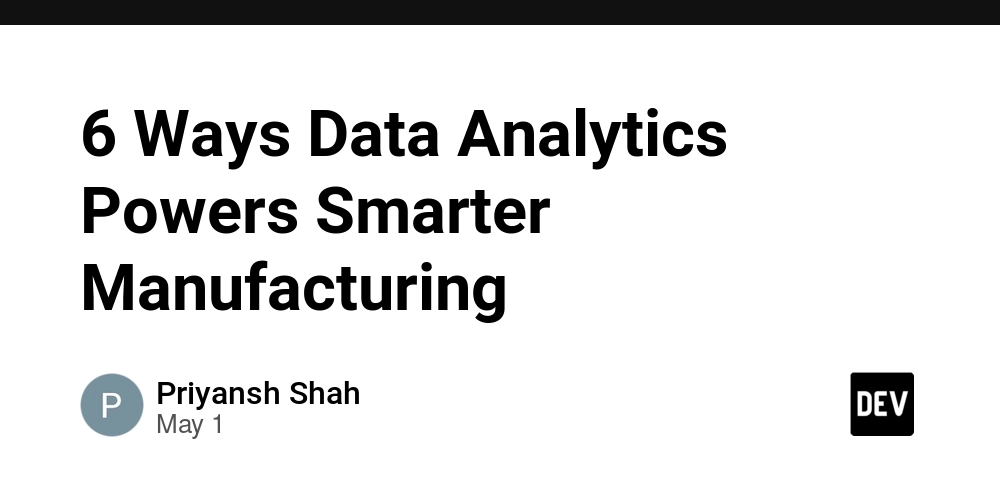



















































































































































































































































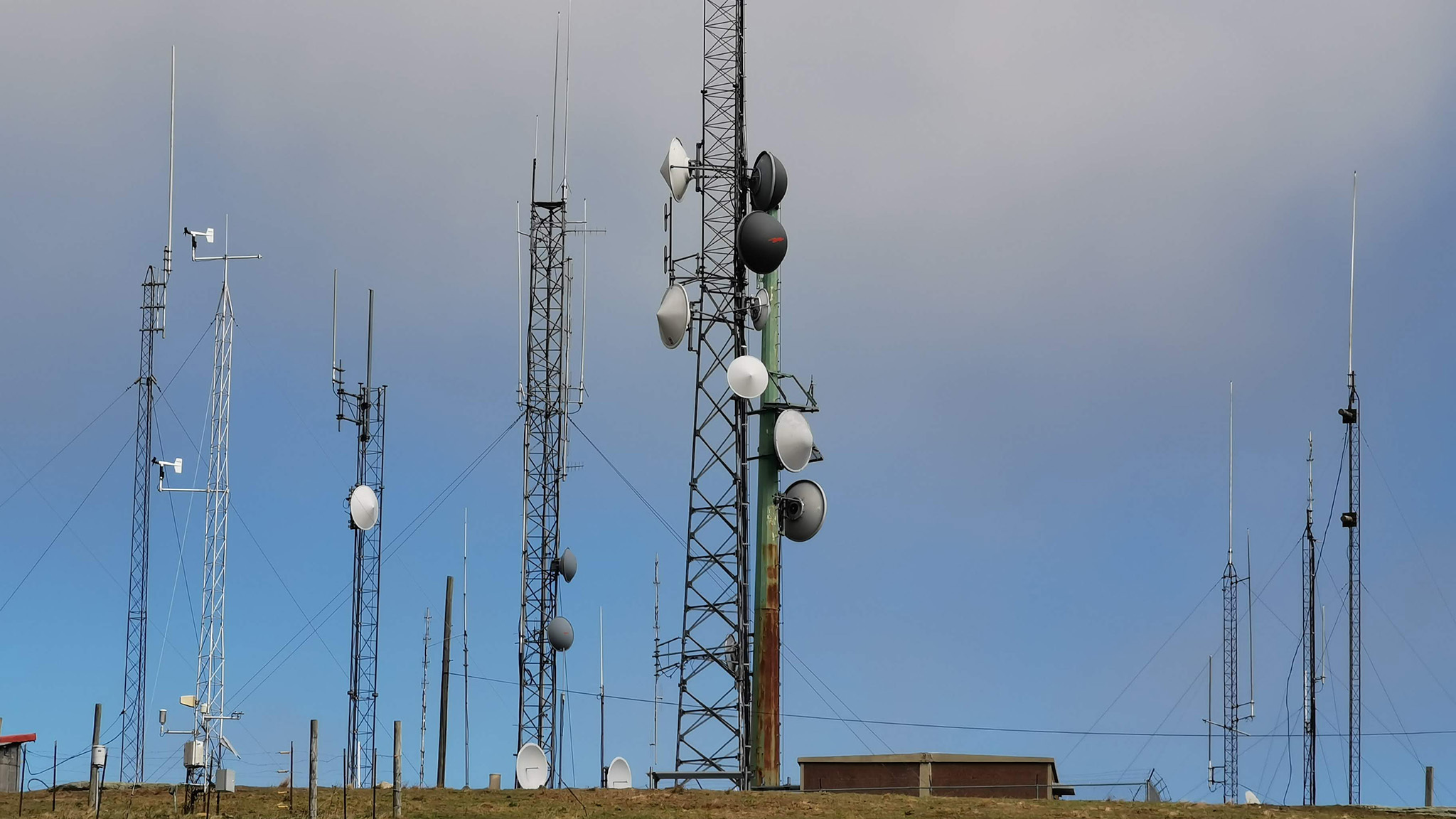












![Google Home app fixes bug that repeatedly asked to ‘Set up Nest Cam features’ for Nest Hub Max [U]](https://i0.wp.com/9to5google.com/wp-content/uploads/sites/4/2022/08/youtube-premium-music-nest-hub-max.jpg?resize=1200%2C628&quality=82&strip=all&ssl=1)









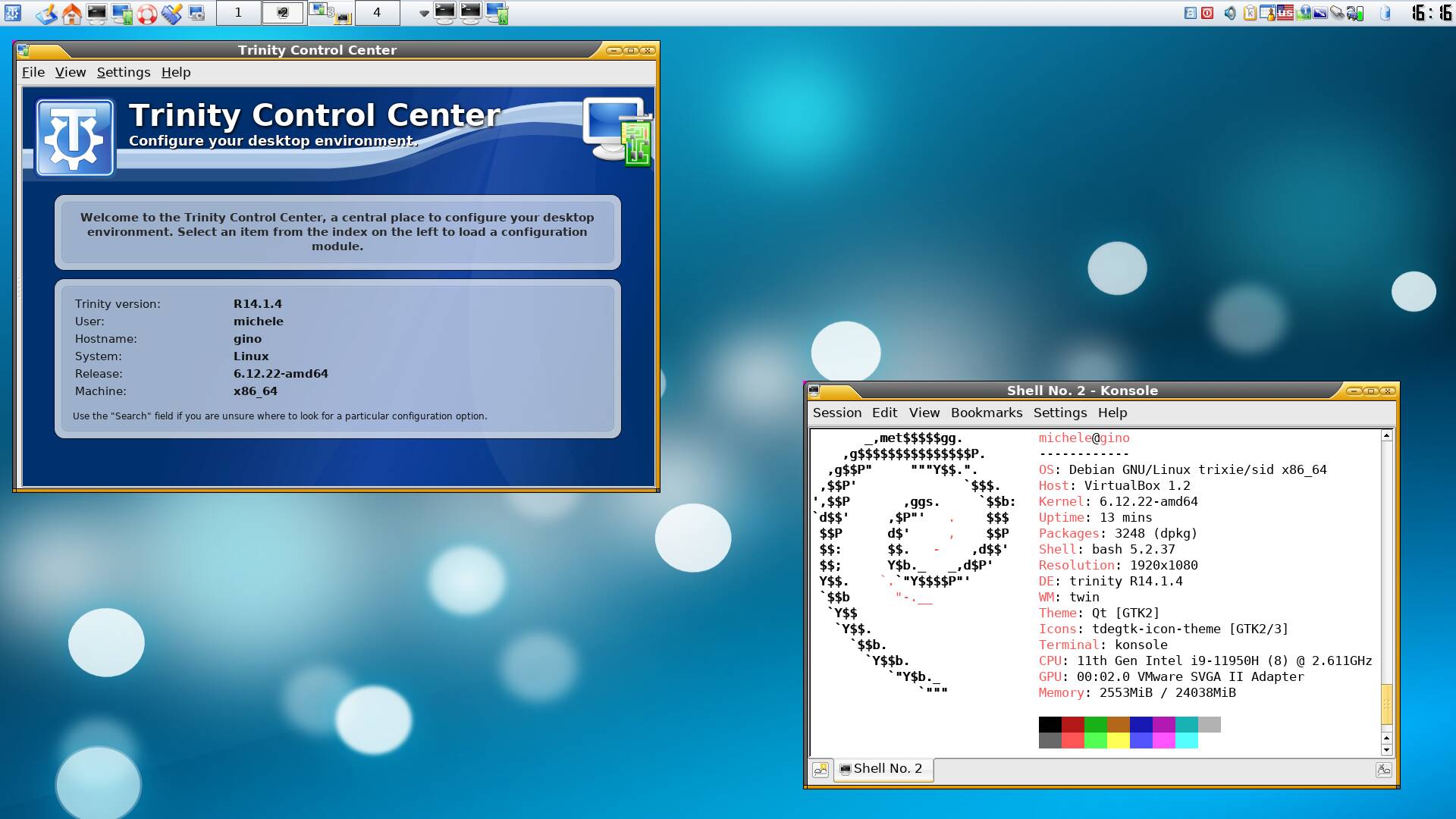















































![Epic Games Wins Major Victory as Apple is Ordered to Comply With App Store Anti-Steering Injunction [Updated]](https://images.macrumors.com/t/Z4nU2dRocDnr4NPvf-sGNedmPGA=/2250x/article-new/2022/01/iOS-App-Store-General-Feature-JoeBlue.jpg)

































